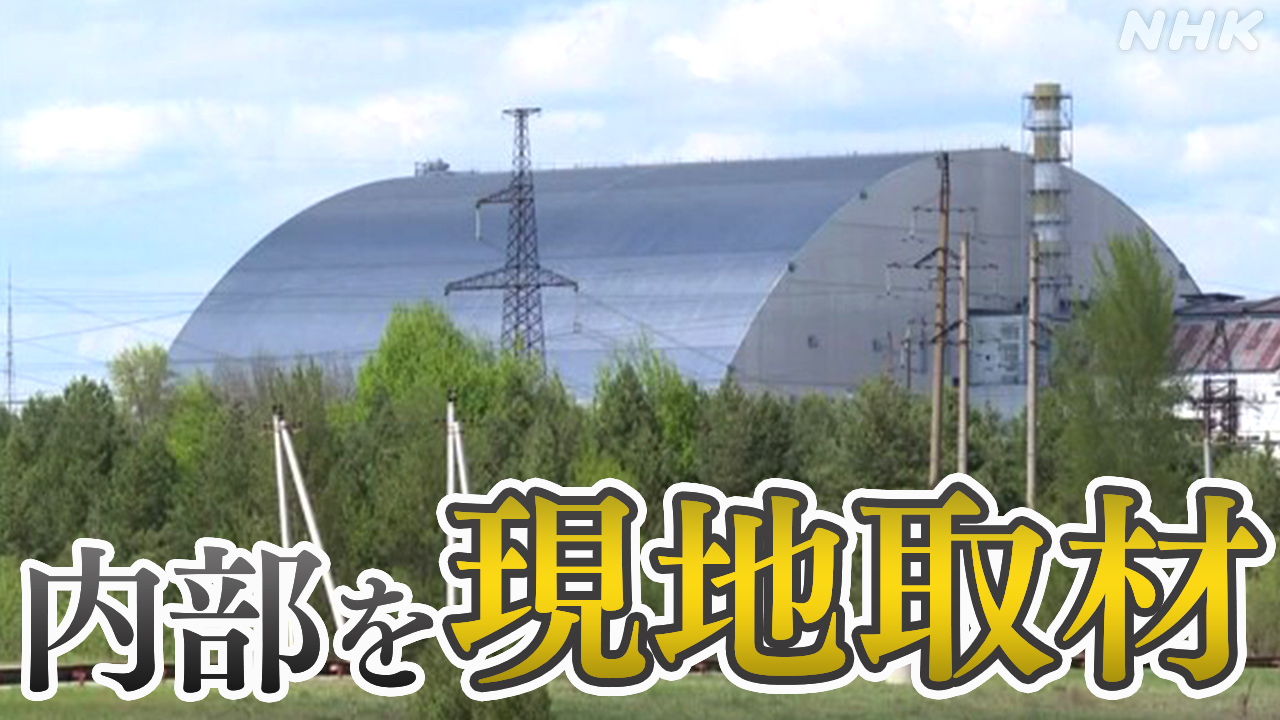Russia's War in Ukraine: Concerning Damage to Chernobyl's Protective Shelter
The ongoing conflict in Ukraine has brought devastating consequences, extending far beyond the immediate battlefields. Recent reports highlight alarming damage to the Chernobyl Nuclear Power Plant's New Safe Confinement (NSC), a crucial structure designed to contain the radioactive materials from the 1986 disaster. This news underscores the severe and long-lasting environmental ramifications of the war, raising serious international concerns.
The New Safe Confinement: A Vital Structure Under Threat
The NSC, a massive arch-shaped structure built over the destroyed reactor four, is a testament to international collaboration to secure the Chernobyl site. Its primary function is to prevent further release of radioactive materials into the environment and to facilitate the eventual dismantling of the damaged reactor. Any damage to this structure poses a significant threat to both the Ukrainian people and the wider global community.
Extent of the Damage and Potential Consequences
While the full extent of the damage is still being assessed, initial reports suggest that the conflict has impacted the NSC's structural integrity. This is particularly concerning given the delicate nature of the structure and the potential for radioactive material release. Potential consequences include:
- Increased radiation leakage: Damage to the NSC could lead to increased release of radioactive particles into the atmosphere, potentially contaminating surrounding areas and impacting human health.
- Disruption of decommissioning efforts: Damage to the NSC could hinder the ongoing process of safely dismantling the reactor, prolonging the risk and increasing costs.
- Environmental contamination: Spread of radioactive material could contaminate soil, water sources, and wildlife, causing long-term ecological damage.
- International security implications: The potential for a wider radioactive release represents a serious international security issue, demanding a coordinated response.
International Response and Concerns
The damage to the Chernobyl NSC has triggered a wave of international concern and condemnation. International organizations like the IAEA (International Atomic Energy Agency) are closely monitoring the situation, calling for an end to hostilities and the protection of nuclear facilities.
Calls for Protection of Nuclear Sites
Many international bodies are emphasizing the crucial need to protect nuclear facilities from military conflict. The potential consequences of damage to such sites are far-reaching and devastating, impacting not only the immediate region but potentially the global environment and human health. The Chernobyl incident serves as a stark reminder of the long-term consequences of nuclear accidents.
Ongoing Monitoring and Future Outlook
The IAEA and other international organizations continue to monitor the situation closely. Regular updates and assessments are crucial to understanding the full extent of the damage and to develop appropriate mitigation strategies. The future outlook remains uncertain, but it underscores the urgent need for de-escalation and a peaceful resolution to the conflict in Ukraine to protect vital infrastructure and the environment.
Further Reading:
Call to Action: Stay informed about the situation in Ukraine and support organizations working to protect vulnerable populations and the environment. Learn more about the ongoing efforts to decommission the Chernobyl reactor and the importance of international cooperation in nuclear safety.
